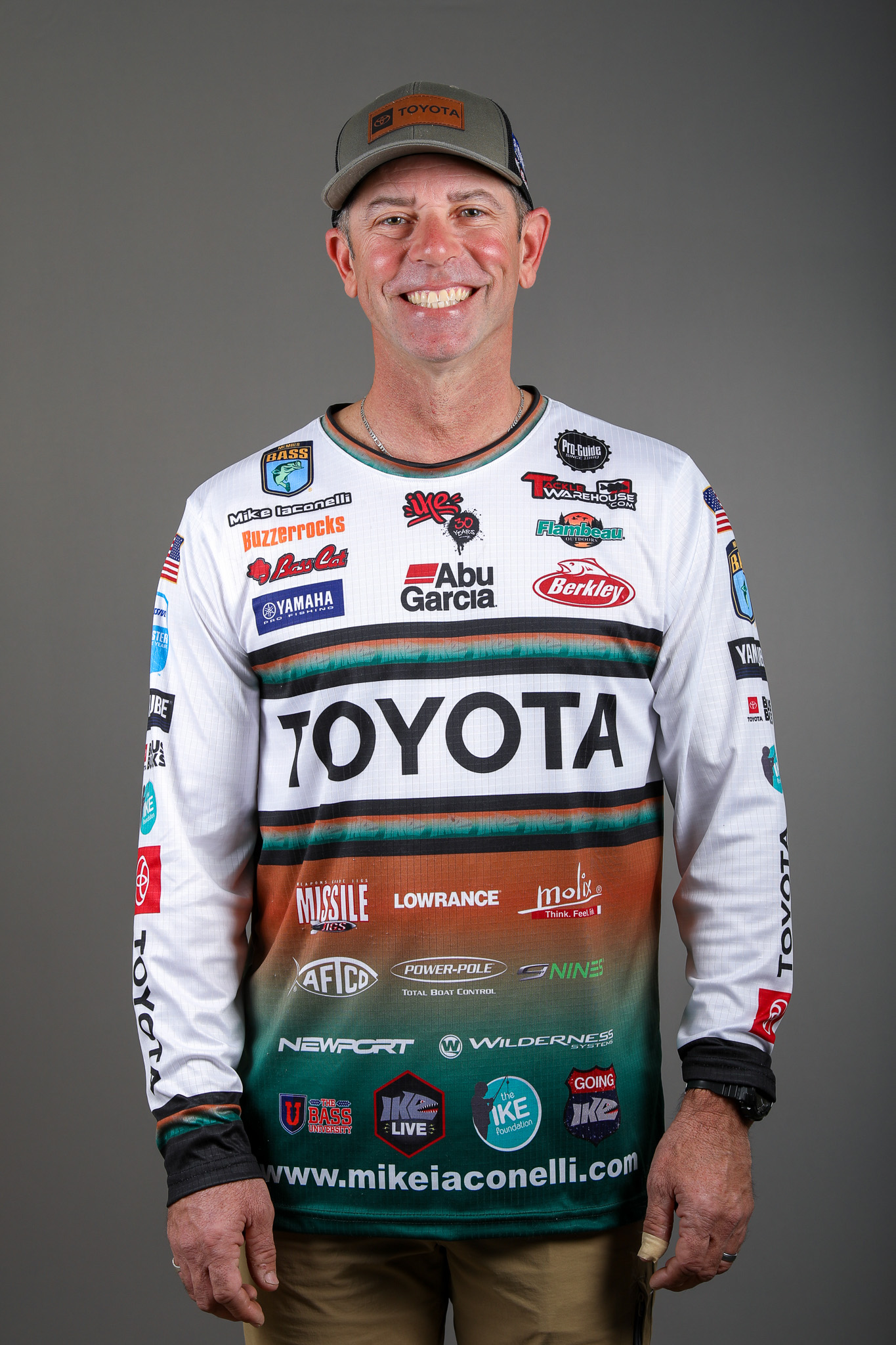One of the first lessons I ever learned about bass fishing is that bass can and will change temperaments very quickly and unexpectedly. I've seen it happen during the course of a day, and that's why I always have my panic box with me in the boat.
I call it a panic box because it's what I resort to when bass have one of these unexpected temperament changes, when they suddenly become moody and stop hitting lures. Essentially, it's a totally separate tacklebox filled with finesse lures just for these occasions. You may not want to add another lure box to your boat, but I promise it'll pay off eventually.
Remember, finesse fishing is primarily about presentation, because even under adverse conditions, bass are still going to feed. The trouble is, anything you throw that doesn't appear completely natural will just get ignored. You have to make fish bite, and it only will happen when your lure looks and acts totally non-intrusive to them and represents an easy meal. That's the main reason downsizing your lures is important.
But when I change to finesse techniques, it doesn't mean I totally give up my power fishing choices. Instead, I use power fishing experiences to help me make finesse fishing choices. For example, I have some crankbaits in my panic box, and I used them during the 2005 Bassmaster Classic on the Three Rivers in Pittsburgh, where I finished fifth. To me, conditions there — very warm weather, low overall fish population with small bass, rocks around some current, and relatively shallow water — positively called for a crankbait.
What I used, however, was a small 1 1/2-inch Bill Norman crankbait that was better suited for crappie. It was shad-colored, dived to a maximum of 2 feet, and I fished it with a spinning rod because I was using 8-pound fluorocarbon line and making long casts, then working it very slowly.
The panic box also has some tight wobbling Rapala Shad Rap crankbaits in sizes 5 and 7. Mainly, they're silver or shad-colored for a very natural appearance, and except for their smaller size, they're exactly like the larger 'Raps.
I have some spoons in my panic box, too, including Little Cleos, Hopkins Shorties and Silver Buddy blade baits. They're probably the smallest you've ever seen. My sizes range from 1/8 to 1/4 ounce, and I have them in both silver and gold.
You can also finesse spinners, and I always have some in my panic box. Because I need that softer, non-intrusive action, I use in-line spinners like Rooster Tails, Panther Martins and Mepps — the same lures I used for trout fishing when I was growing up. They have different vibrations because their blade designs are different.
Don't laugh! I've used these in Bassmaster Elite tournaments and caught fish when most of the others were struggling. Why do they work? Again, I want a lure that still draws just a little attention to itself — the blade vibration — but which doesn't spook the fish.
I'm convinced bass become conditioned to certain lures after they see them so much. They have a survival instinct that tells them when something isn't right, when something in their world is out of place. When this instinct kicks in and their mood changes, and they stop hitting the big tandem willowleaf I've been burning them with for two days, these smaller spinners are great substitutes. That's why I have a lot of them in my panic box.
One of the really good things about finesse fishing I've learned over the years is that when you downsize your baits, you don't have to stay with the same type of bait. I have the in-line spinners, but they're not the only lures that will work when the bass stop hitting big spinnerbaits. I just happen to like them, but you can also finesse soft plastics like grubs, French Fries or maybe even tubes in the same water and catch bass.
We all know how effective grubs are in finesse fishing, and I have a lot of them in my panic box. I use several different styles, too, for different conditions. First, I have the basic 3-inch Berkley curled-tail PowerBait models for warm water and when I'm fishing an area where I know bass are present. These are good baits to use when the fish have mainly been turned off by heavy fishing pressure more than any other reason.
I also have grubs with a spade tail, the old Mann's Stingray model, for cold water and extremely lethargic fish; and then I have some paddletail grubs, which have sort of an in-between action.
Worm-wise, I keep a supply of 4-inch Berkley PowerBait hand-poured Finesse worms as well as 4-inch curled-tail Power Worms; I have some 3 1/2-inch Power Tubes, as well. For all the plastics, I use three main colors to match the color of the dominant forage. These are pearl for shad, green pumpkin for crawfish, and camo for perch and bream. That's really about all you need.
When you downsize your baits like this, you also have to downsize your hooks and sinkers. I have a lot of No. 1 and No. 2 size hooks, on up to about a size 1/0, but nothing larger. For split shotting, I have weights ranging from about a BB size to No. 6 or 8. For general worm weights, jigheads and ball-heads, the weights range from 1/16 to about 1/4 ounce.
I've had my panic box for years, ever since my club fishing days in New Jersey when I did most of my fishing on small, crowded and heavily-pressured waters. I've put more stuff in it over the years, but the basic idea — using smaller, more natural-appearing and non-intrusive lures — has never changed.





